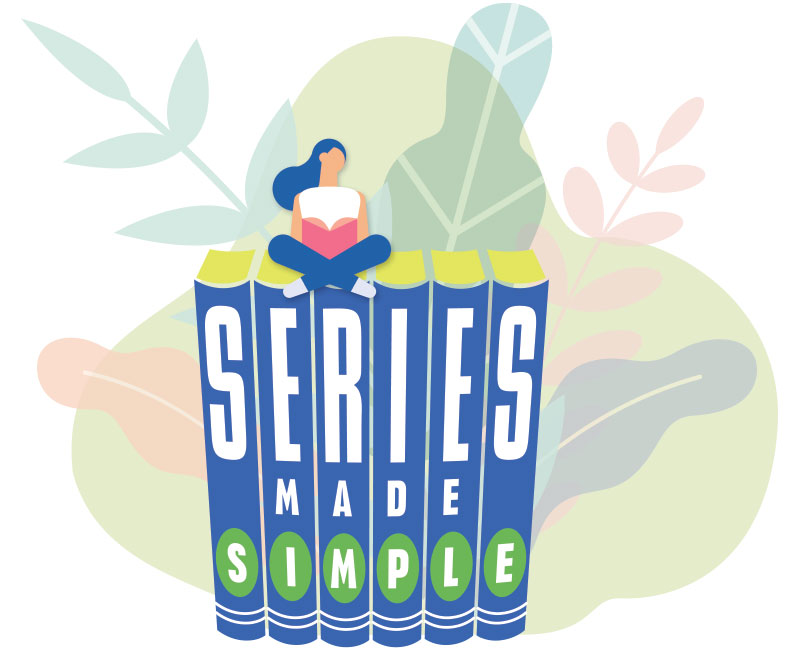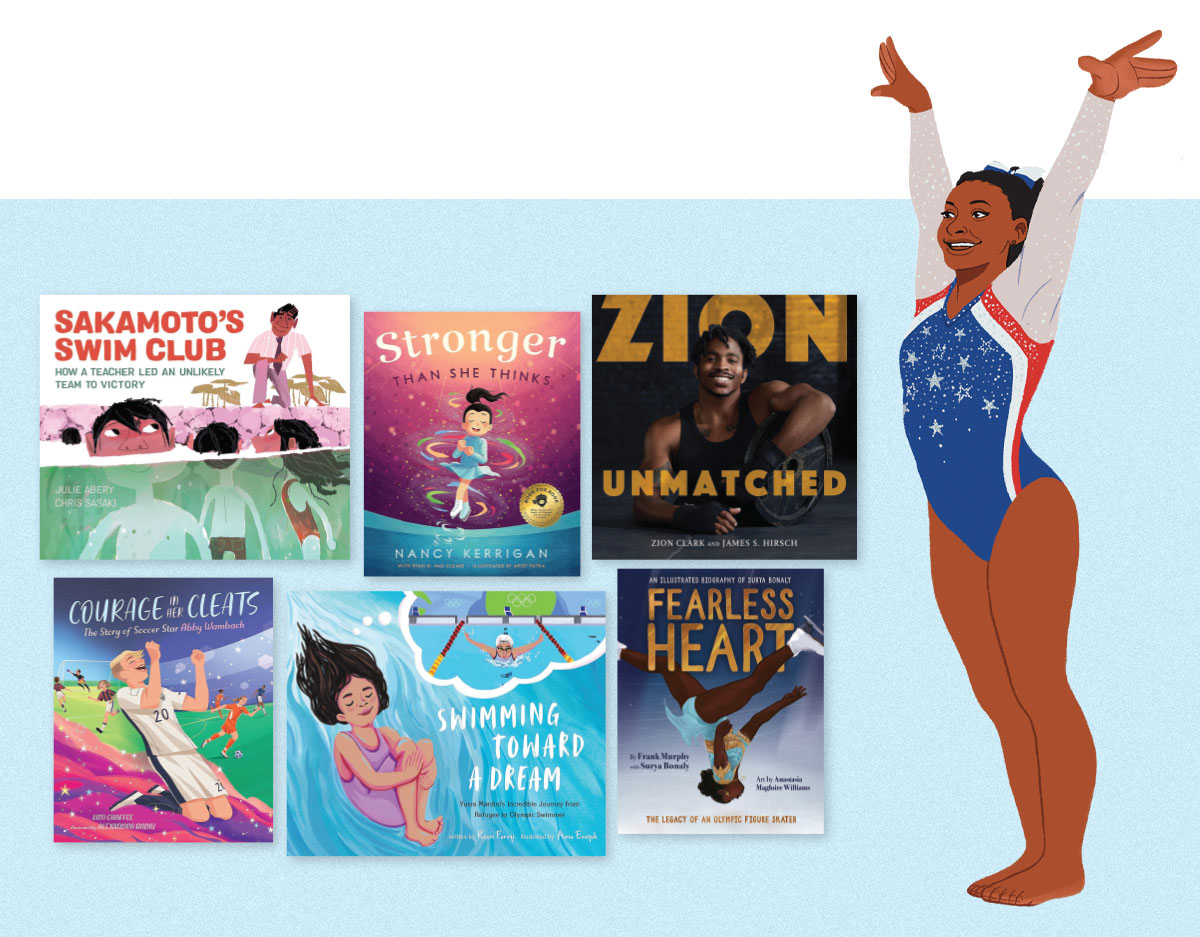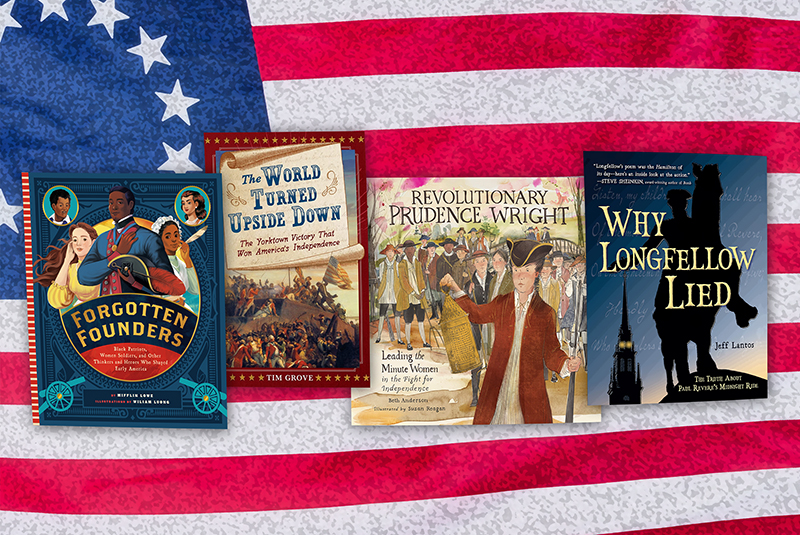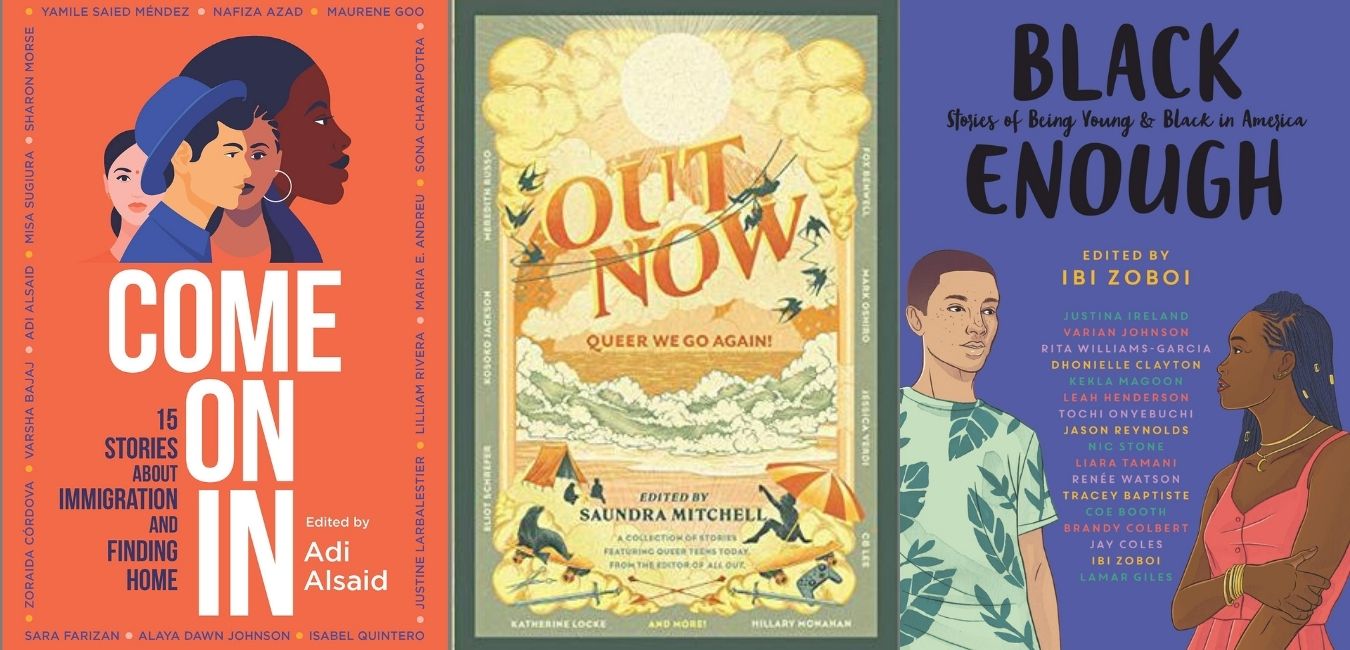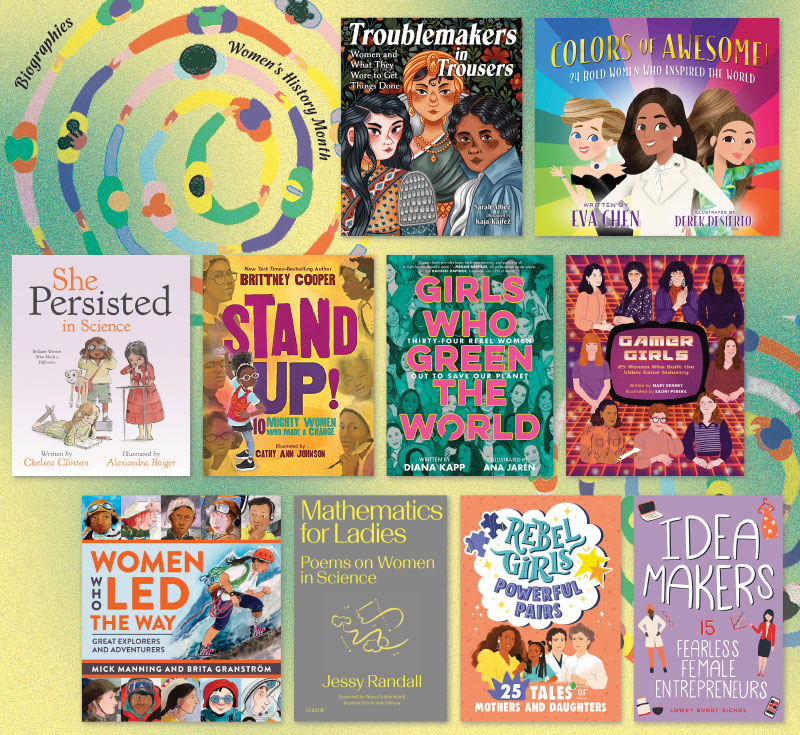Each Kindness and Beneath a Meth Moon
- Jacqueline Woodson Author Study with Picture Books. Gather together, with the help of your school or public librarian, all of Jacqueline Woodson’s picture books (see her website below for a complete listing). What role do families play in her picture books? What relationships exist between parents and children, grandparents and grandchildren? What kinds of loss do the protagonists of each book experience? What joys?
- Exploring Friendship. Pair Each Kindness with The Hundred Dresses by Eleanor Estes. You may read the books aloud if you are working with younger students, or have students explore them in small groups if they are in upper elementary. While Each Kindness is brand new, The Hundred Dresses is part of the canon of 20th century American children’s books. Have students compare and contrast both books. Why do the girls in each book act the way they do? What did Wanda and Maya do to deserve the treatment they receive? What are the lessons for the narrators of each book? How have things changed since The Hundred Dresseswas published in 1944? How have they stayed the same?
- Ripples of Hope. When Chloe’s teacher throws a rock in water, and tells the children that “[e]ach little thing we do goes out, like a ripple, into the world,” she is not the first person to make such a statement. In 1966, Senator Robert F. Kennedy said, “It is from numberless diverse acts of courage and belief that human history is shaped each time a man stands up for an ideal or acts to improve the lot of others or strikes out against injustice he sends forth a tiny ripple of hope, and crossing each other from a million different centers of energy and daring those ripples build a current that can sweep down the mightiest wall of oppression and resistance.” What do your students think Kennedy meant? When, in their lives, have “ripples of hope” crisscrossed each other to achieve common good? Like Ms. Albert in the book, have students drop rocks into water, and share a kindness that they have done. How can students further spread “ripples of hope” in their lives?
- Visual Subtext and Inference. After reading the book, ask your students “Who is Maya?” What clues does the text reveal about Maya’s personality and inner self? Now have the students in small groups closely read E.B. Lewis’s illustrations. What is Maya doing in each picture? How does she carry herself? What can they learn from her actions, rather than someone else’s verbal descriptions of her? After exploring the visual subtext about Maya, ask your students what happened to her at the end of the story. Where did she go? Why? Why do they infer this? What clues in the text suggest this? What experiences have they had in their own lives that inform their inference?
- Writing About Regret. Have students write about a time when they regret what they did. What happened? Do they understand why they acted the way they did? How did they know they did something wrong? What were the clues? Were they just “going along with the crowd” or did they purposefully try to hurt someone? Did it change how they acted in the future? Students might want also want to interview a grown-up in their lives, pose the same questions, and share what they have learned. Did the lessons learned in childhood “stick?”
- Jacqueline Woodson Author Study. Gather together, with the help of your school or public librarian, all of Jacqueline Woodson’s novels and picture books (see her website below for a complete listing). Have students in pairs reading one of her novels, to try and cover as many as possible within the class. Have each pair read at least two picture books as well. Collectively, as a class, try to answer the following questions about her work. What subjects does she explore? What role do families play in her books? What relationships exist between parents and children, grandparents and grandchildren? What kinds of loss do the protagonists of each book experience? What joys? What kinds of friendships are formed? What voice(s) does Woodson take on as a writer? How are multiple perspectives embraced within each book’s format? How has her work changed over time?
- Exploring Hurricane Katrina. Put students in literature circles, with each group reading one of the following novels that address Hurricane Katrina and its aftermath: Beneath the Meth Moon, The Ninth Ward, Saint Louis Armstrong Beach, and A Storm Called Katrina. Explore the resources available via the online digital portal, “Teaching the Levees.” Have students compare and contrast the experiences of the different protagonists and the real life experiences of Katrina victims and survivors. How “true” is the fiction? What lessons do the characters learn about survival and loss? Do those same lessons ring true for actual survivors of the storm? How are residents of Mississippi and Louisiana faring now? All the stories are set in actual places: New Orleans or Pass Christian, Mississippi. How are citizens of those places coping now? Who moved to other cities and states, and what are their lives like? For a further extension, students might want to also explore The New York Times archive on Hurricane Sandy, to compare experiences more recently in New York and New Jersey and the “Katrina” lessons learned by local, state, and federal officials.
- Crystal Meth. After reading Beneath a Meth Moon, have your students explore resources on crystal meth. How has is spread so rapidly throughout the United States and all over the world? What are some of the triggers? Is it really as easy to get hooked as the book portrays? What happens to teenagers, like Laurel, who become addicted? Does crystal meth have any boundaries? Are there any “typical” addicts who share common experiences? What can be done to prevent the further spread of its impact?
- Biblical References. After reading Beneath a Meth Moon, have students explore the biblical references throughout, from the places in which the story is set, Pass Christian, Mississippi and Galilee, Iowa, to the motif of water, to Laurel’s friend Moses, who is so instrumental in leading her out of the darkness of addiction. What others can they find? How do these references work to further the impact of the narrative? What kind of story is it if you are unaware of these references as a reader? Why, over time, have writers built stories that reference other stories? Have students try their hand at writing micro fiction that includes references to previous works of literature or faith.
- Who Can Tell the Story? Have your middle school students complete an author study, as suggested in the above activity. But as your students explore Woodson’s work, have them read the article, “Who Can Tell My Story?” originally published in The Horn Book Magazine in the 1990s for an audience of adults interested or involved in the world of children’s and young adult books. Frame your exploration with the question “Whose stories does Woodson tell?” Based on the article, what parts of her own experiences might she be drawing from to create the characters in the books written since this article was published? For example, in Beneath a Meth Moon, the protagonist Laurel is white, straight, and originally from Mississippi. In Peace, Locomotion, the protagonist Lonnie is a black male living in New York City. How does Woodson tell these different characters’ stories authentically? Use the resources available on her webpage as well as her books to guide discussion.
- When Wanda Petronski tells her classmates that she has one hundred dresses at home, they mock her, given that she wears the same dress to school each day. When their teacher sponsors a dress design contest, Wanda submits one hundred, and her classmates see her tremendous artistic talent. But they are unable to apologize, as Wanda, like Maya, has already moved away.
- This novel tells the fictional story of Lanesha and her adopted grandmother as they endure Hurricane Katrina’s wrath in the Ninth Ward in New Orleans.
- This picture book tells the fictional stories of four friends from the Ninth Ward, their varied experiences of Hurricane Katrina, and ultimately, their return home.
- This novel also tells the story of Hurricane Katrina’s landfall in New Orleans, from the point-of-view of Saint Louis Armstrong Beach, an eleven-year old musician.
- This brief novel tells the story of ten-year-old Louis Daniel as he rides out Hurricane Katrina in New Orleans and then escapes to the Superdome with his mother and fathe
Filed under: Novels
About Mary Ann Cappiello
Mary Ann is a professor of language and literacy at Lesley University. A former public school language arts and humanities teacher, she is a passionate advocate for and commentator on children’s books. Mary Ann is the co-author of Teaching with Text Sets (2013) and Teaching to Complexity (2015) and Text Sets in Action: Pathways Through Content Area Literacy (Stenhouse, 2021). She has been a guest on public radio and a consultant to public television. From 2015-2018, Mary Ann was a member of the National Council of Teachers of English's Orbis Pictus Award for Outstanding Nonfiction (K-8) Committee, serving two years as chair.
ADVERTISEMENT
ADVERTISEMENT
SLJ Blog Network
The Moral Dilemma of THE MONSTER AT THE END OF THIS BOOK
Cover Reveal and Q&A: The One and Only Googoosh with Azadeh Westergaard
Winnie-The-Pooh | Review
Parsing Religion in Public Schools
Finding My Own Team Canteen, a cover reveal and guest post by Amalie Jahn
ADVERTISEMENT




